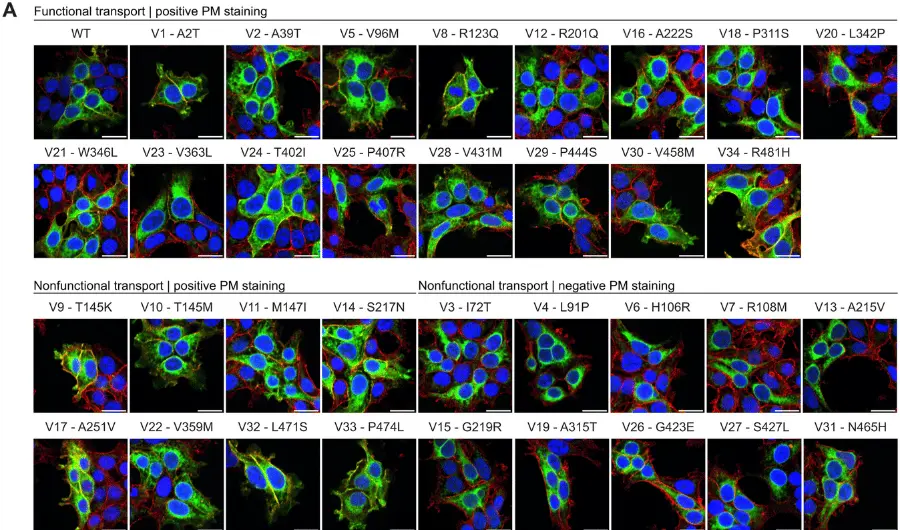Epilepsy Research Findings: March 2020
March 17, 2020
This month’s research highlights feature promising work by former CURE Grantees and CURE partners.
Former CURE Grantee Dr. Kristina Simeone’s recent research has uncovered a potential predictive biomarker for Sudden Unexpected Death in Epilepsy (SUDEP). Dr. Simeone’s work was supported by the Benninghoven family in memory of Cameron Benninghoven.
We also feature research by another former CURE Grantee, Dr. Angelique Bordey, who along with her research team published exciting findings showing that targeting a particular protein in the brain can reduce or prevent seizures in mouse models of difficult-to-treat epilepsy.
We are also highlighting research by Dr. Daniel Correa and his work through the EpiBioS4Rx Public Engagement Core, a project in which CURE participates. Dr. Correa’s research indicates that greater efforts should be made to ensure online epilepsy health education materials are more easily understandable to the general population to increase epilepsy literacy.
These findings, as well as others, can be found below:
Research Discoveries & News
- SUDEP: Research featuring the work of former CURE Grantee Dr. Kristina Simeone found a potential time-based biomarker of impending SUDEP. Dr. Simeone found cardiac and respiratory dysfunction that changed over time in mice at risk for SUDEP and may serve as a biomarker to indicate who is at risk for SUDEP. She also found that this dysfunction could be lessened by blocking a particular type of receptor in the brain, the orexin receptor. Learn MoreThis research was supported by the Benninghoven family in memory of Cameron Benninghoven.
- Uncontrolled Epilepsy Treatment: Former CURE Grantee Dr. Angelique Bordey and her research team utilized an experimental drug to reduce seizures in mouse models of tuberous sclerosis complex (a rare genetic epilepsy) and a subset of focal cortical dysplasia type II (a brain malformation causing epilepsy). The team found that seizures can be prevented or reduced by targeting a protein called actin-cross linking protein filament A which is often elevated in the brains of humans with these epilepsies. Learn More
- Online Epilepsy Education: Researcher Dr. Daniel Correa found that the majority of online health education materials related to traumatic brain injury (TBI), epilepsy, and post-traumatic epilepsy (PTE) do not meet the sixth-grade reading level recommendation from most health organizations. This study was published as part of the CURE-supported EpiBioS4Rx Public Engagement Core, an NINDS initiative focused on ensuring successful future clinical trials to prevent the development of PTE following TBI. This study suggests that improving the readability of health education materials may increase epilepsy-related health literacy, leading to more effective recruitment efforts for future clinical trials, as well as better patient-centered results. Learn More
- New Treatment: Valtoco (diazepam), a nasal spray intended to treat seizure emergencies in patients 6 years of age and older, is now commercially available in the US. Learn More
- Clinical Trial: Engage Therapeutics announced that its Phase 2b StATES study of Staccato® alprazolam, an orally inhaled therapy designed to terminate an active epileptic seizure, met its primary endpoint. This endpoint was a proportion of responders achieving cessation of seizure activity within two minutes of treatment administration and no recurrence within two hours. Learn More
- Post-Traumatic Epilepsy: Research suggests that rats treated with certain drugs within a few days of a traumatic brain injury have a dramatically reduced risk of developing epilepsy later in life. Researchers found that suppressing an immune system receptor called Toll-like receptor 4 shortly after brain injury reduces seizure susceptibility and neuronal excitability in an important part of the brain called the hippocampus. Learn More
- SCN8A Encephalopathy: A therapy that enables researchers to control gene expression in the brain, called antisense oligonucleotides (ASOs), has been utilized to stop seizures in a mouse model of SCN8A encephalopathy, a rare childhood epilepsy. By using ASOs, researchers delayed seizure activity and increased the lifespan of these mice. Learn More








